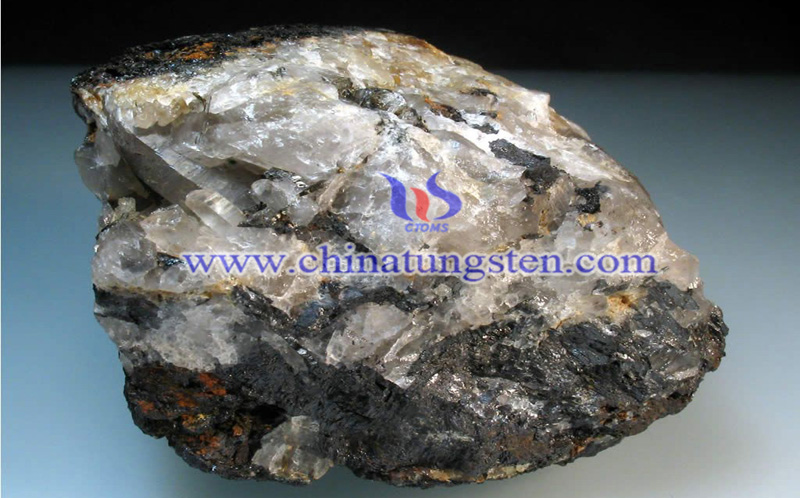Tungsten Exports and Copper Imports are Changing in China - Focusing on the Long-term Sino-US Opposition
- Details
- Category: Tungsten's News
- Published on Wednesday, 26 June 2019 08:02
Tungsten exports and copper imports market changes will reflect the world economic situation in advance. They are both high-profiled issue and become very important factors to this long-term Sino-US opposition.
By analyzing tungsten exports and rare earth exports, China's rare earth exports decreased about 689 tons in May, a drop of 16% compared with April. On June 13th, according to the China Securities Journal, Jiangxi Luzhou Ammonium Paratungstate Smelting (APT) producers issued a proposal to unanimously suspend production or reduce production from June. Among these companies, the time of suspend production is more than 15 days, and they will reduce production by not less than 30%. The official reason is that tungsten and rare earth materials market in China's bears a downward pressure on prices.

Gaofeng from Ministry of Commerce of the People’s Republic of China responded that the fluctuations in tungsten and rare earth exports are the result of market changes. China hasn’t adopted new management measures. China has established a complete industrial chain and controlled related core technologies. Tungsten and rare earth are indispensable raw material for the production of high-tech consumer electronics and military products. And we occupied the most reserves around the world. The field of tungsten and rare earth processing is dominated by China. In 2018, 90% of global processing and production is completed in China. The other 10% was completed by an Australian company in Malaysia. France, Estonia and Japan, these countries also export rare earth and tungsten to US but their raw materials are all from China. The United States could import from Malaysia, but the quantity is not enough for them. Tungsten and rare earth are important to Sino-US opposition.
From the copper imports side, China's copper imports began to decline the latter half year of 2018, while the imports of copper ore raw materials are increased. This makes up for the reduction of copper scrap imports due to environmental restrictions. It shows that China is focusing on the long-term development of Sino-US opposition, and China aims to achieve one-stop production from ore to copper.
According to the "Nihon Keizai Shimbun" website reported on June 13, China's copper consumption is huge, domestic copper production cannot meet the demand. China has been importing copper products for automobiles, home appliances and smart phone parts from Japan, Europe or America all the time, and we also import copper scrap from these countries for reusing. There are signs of change in copper imports trend recently. The cumulative import volume of copper from January to April in 2019 in China was about 150,000 tons, declined 11.2% compared by year-on-year. The report also pointed out that China strengthened environmental protection measures from 2017. After December 2018, China forbade to import low-grade waste wires with a large amount of waste and only little copper content. Yamaguchi Shou, president of the Japan Nonferrous Metals Trading Co., Ltd., said that "China's nonferrous metal manufacturers are increasing the purchase on raw copper ore since copper wastes are hard to be purchased."
According to report, there are also other views think that the opposition between China and the United States has also led to changes in the structure of copper imports. Mizuho Bank’s financial derivatives business department predicted that, “In the future, it is very likely that China will tend to use raw copper materials to manufacture domestic parts and components.” Compared with imported copper products and scraps, Chinese companies strive to achieve one-stop production from raw coper materials to copper products and achieve stable procurement. This change may increase the demand on copper ore.
- Tungsten Manufacturer & Supplier, Chinatungsten Online: www.chinatungsten.com
- Tungsten News & Prices of China Tungsten Industry Association: www.ctia.com.cn
- Molybdenum News & Price: news.molybdenum.com.cn
- Tel.: 86 592 5129696; Fax: 86 592 5129797; Email: sales@chinatungsten.com



 sales@chinatungsten.com
sales@chinatungsten.com